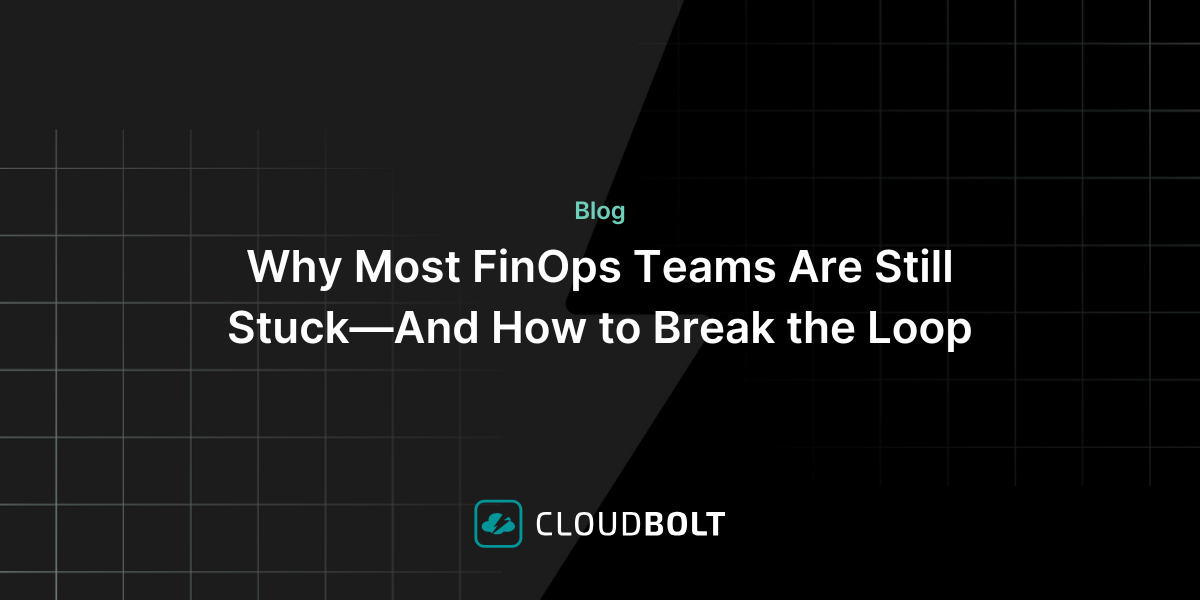The Law of Diminishing Cloud Returns
Most enterprises now have a mix of cloud technologies to meet their IT needs while remaining competitive in the new age of digital transformation. They subscribe to many Software-as-a-Service (SaaS) applications supporting their business and set up IT environments in both private and public clouds to develop mission-critical applications.
They do this to achieve one or more of the following benefits:
- Flexibility and Control
- Rapid Deployment
- CapEx to OpEx
- Cost Reduction
In economics, there’s an interesting phenomenon known as the Law of Diminishing Returns. In production, when you add another resource to increase output, there is a point when that additional input will no longer provide the same expected improvement (or return) that it did in the past.
Think of it this way. Suppose you have an apple orchard and you hire workers to harvest the apples. Assume that each worker can only pick so many apples per hour. At some point, while adding more workers to do this task, eventually you will not get the same output as before because they would start getting in each other’s way.
Now let’s consider cloud computing as a potentially productive activity. The more we add cloud computing to our complex IT environment as a strategy, is there a point where we start to see diminishing returns? In other words, does cloud computing from multiple platforms thwart the incremental benefits? Or, is it that the more you add to the cloud, the more benefits you gain indefinitely? This might be a real head scratcher depending on how you look at it.
Let’s say that by adding more cloud computing to an existing environment—all other things being equal—will yield incremental expected benefits. Given a choice to do the same computing from another provider that is cheaper or with better functionality might also give you incremental expected benefits.
During this scaling up process, it’s possible that more cloud providers and functionality is added throughout the enterprise. Some parts of this cloud could be developed in different departments where no one else in the enterprise knows about or even knows how to use. The people responsible for these IT resources can move on from the organization and these resources will go unattended.
As this cycle continues, the forces of the law of diminishing returns might be at play. The enterprise is experiencing less efficiency as cloud computing or “workers” are stumbling over each other.
One way to address this complexity is to have a central platform, where IT can connect to any 3rd-party resource, gather the inventory of cloud computing resources, and provision new resources to be used by anyone in the organization from one place. Self-service IT can be enabled when appropriate.
With this capability in place, you can:
- See IT resource utilization patterns and anticipate potential problems, prioritizing the most important issues first.
- Serve as first responders when IT resources become unavailable with the ability to create replacement resources to triage a situation before the issue becomes a costly problem.
- Identify when resource usage is not cost effective and deploy alternatives, either from one of the many other cloud resources available or by bringing back a more stable workload to the data center.
No matter how you approach this problem, having a holistic view of your multi-cloud or hybrid cloud environment coupled with the ability to know the costs and what functions are consuming resources is going to keep you ahead of the game and less likely to experience the negative consequences of The Law of Diminishing Returns.
Related Blogs

What We Learned at FinOps X 2025: From Dashboards to Decisions
At FinOps X 2025, one message echoed across sessions and conversations: FinOps is growing up. The scope is expanding. The…

